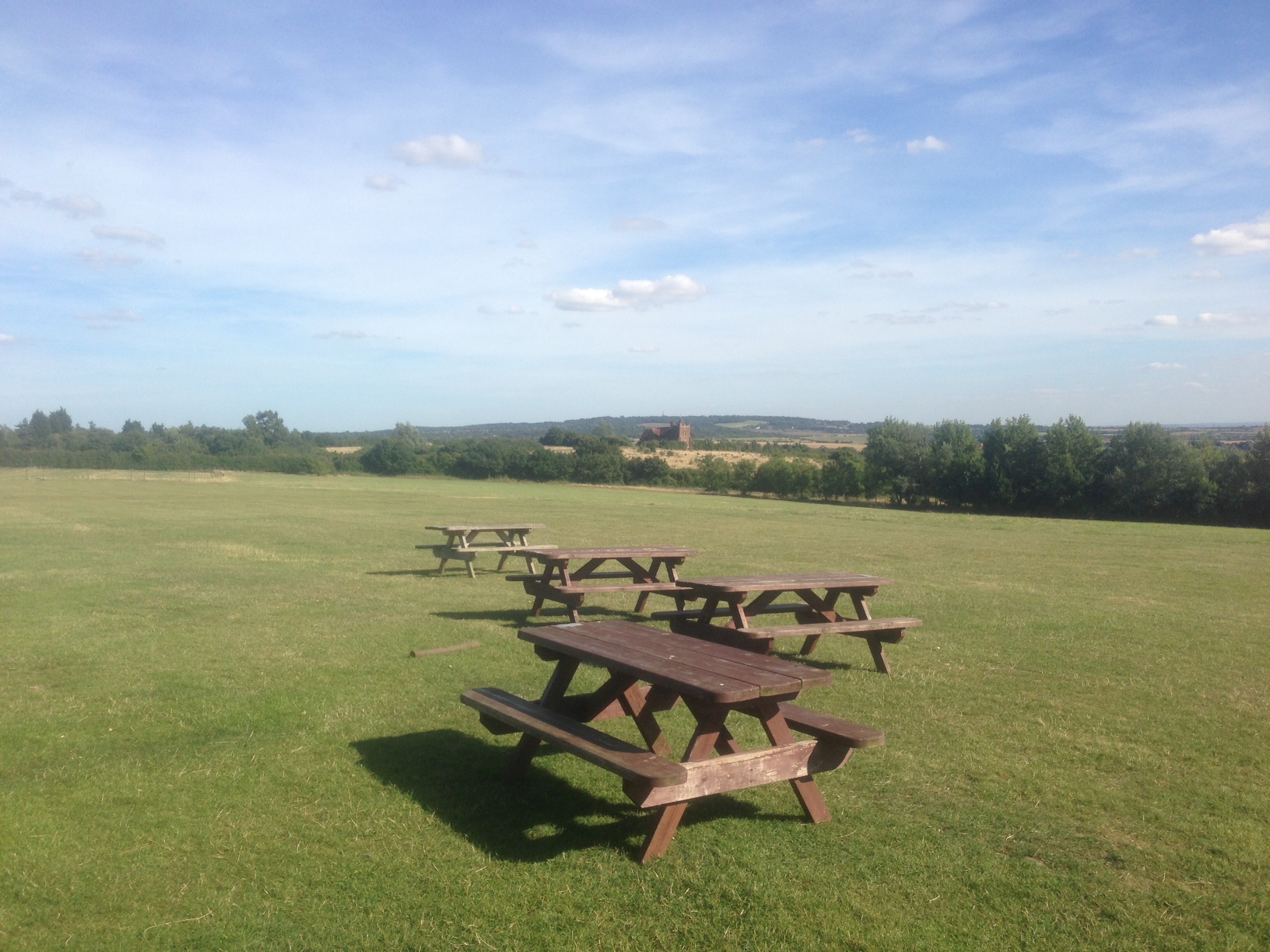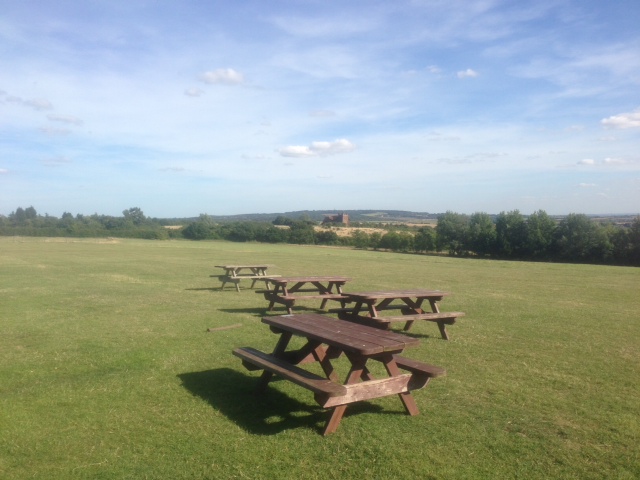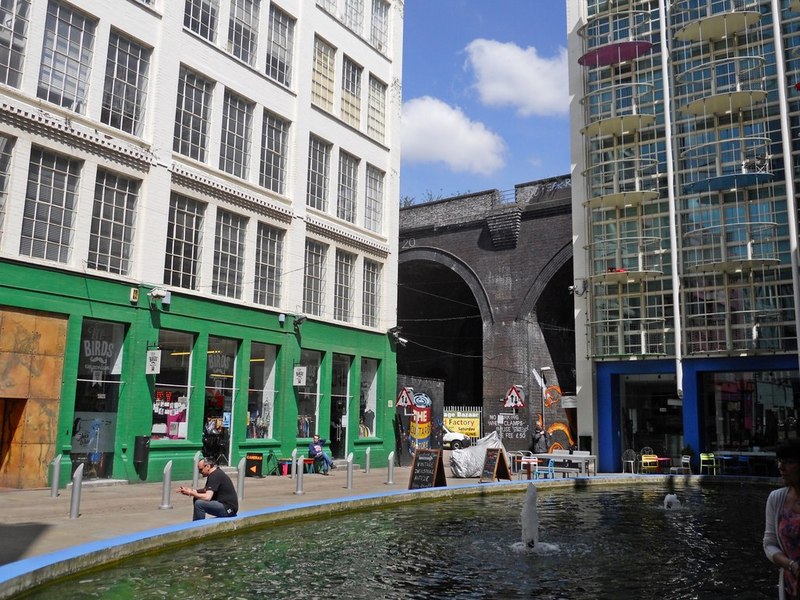
Landscape Lessons with HLF
Today I attended a Heritage Lottery Fund (HLF) seminar in Birmingham on Landscape Partnerships and came away feeling inspired! The purpose of the day was for HLF to provide advice and guidance to the current batch of Landscape Partnerships that have been awarded a stage 1 pass at national level. Amongst HLF’s funding programmes, the Landscape Partnership funding scheme enjoys a national profile linked to its ability to fund landscape transformation across the UK. It is one the key mechanisms for implementing the UK commitment to the European Landscape Convention.
Following competition at national level, there are now 9 Landscape Partnerships in the current batch that have the rare chance to translate their vision and ideas for their respective landscapes into a 3-5 year programme of funded delivery over the next 12-18 months. I have been contracted by the Thames Chase Trust to support the ‘Land of the Fanns’ Landscape Partnership with the development phase, pulling together a transformational £1.8million scheme for heritage, environment and community to be delivered during 2016-2021. Taking place on my own door step and following involvement shaping the concept in my previous employed role, to say that I am really excited by this opportunity is an understatement. To be in a position to support the Thames Chase Trust’s ambition of ‘transforming landscapes, transforming lives’ as part of a wider partnership is a real privilege.

What I got from today’s seminar alongside the practical support and guidance provided, was a better appreciation of the multiple layers that make up a landscape. Five elements were considered during the day. First off, there are the physical features – land form and geology for example – that contribute towards the overall shape and form of the landscape. Second, there is the biodiversity that has evolved on the back of those physical features, the specific geographic location and local climatic conditions. Third is the history of the landscape and how those physical features and biodiversity have changed over time. Then fourth there is the current land use and how it is utilised today. Finally, there is the experience of the landscape – how people feel and respond to that landscape as a cultural entity.
- Physical features
- Biodiversity
- History
- Land Use
- Experience
While the first 4 landscape elements are to large extent measurable and mappable, the 5th element by its ephemeral and personal nature is not. Being able to factor in this people-centric element as part of the development of the Landscape Partnership evidence base is something that I strongly believe is worth pursuing – surely those unrecognised elements that individuals and communities highlight as having local significance can be explored and mapped in some way? We shouldn’t have to rely solely on professionals designating listed buildings or outlining landscape significance as the privileged custodians of heritage. This is something to be explored by the ‘Land of the Fanns’ Landscape Partnership over the coming 18 months. Both bottom up and top down approaches to data collection will be applied to shape a more meaningful and effective delivery programme for the 650,000 people living around this landscape.
Finally as my first time in Birmingham, I should mention a personal highlight: walking through the regenerated Birds Custard Factory site on my way to the seminar. This had a positive, creative feel and I loved the urban artwork that brought vibrancy and colour to what must previously have been a derelict, post-industrial space. I must find an excuse to come back and explore this quarter again in the future. Sadly having to rush back to catch a train has precluded taking my own photos for this blog post, so here is a flavour of the area courtesy of someone better prepared!
